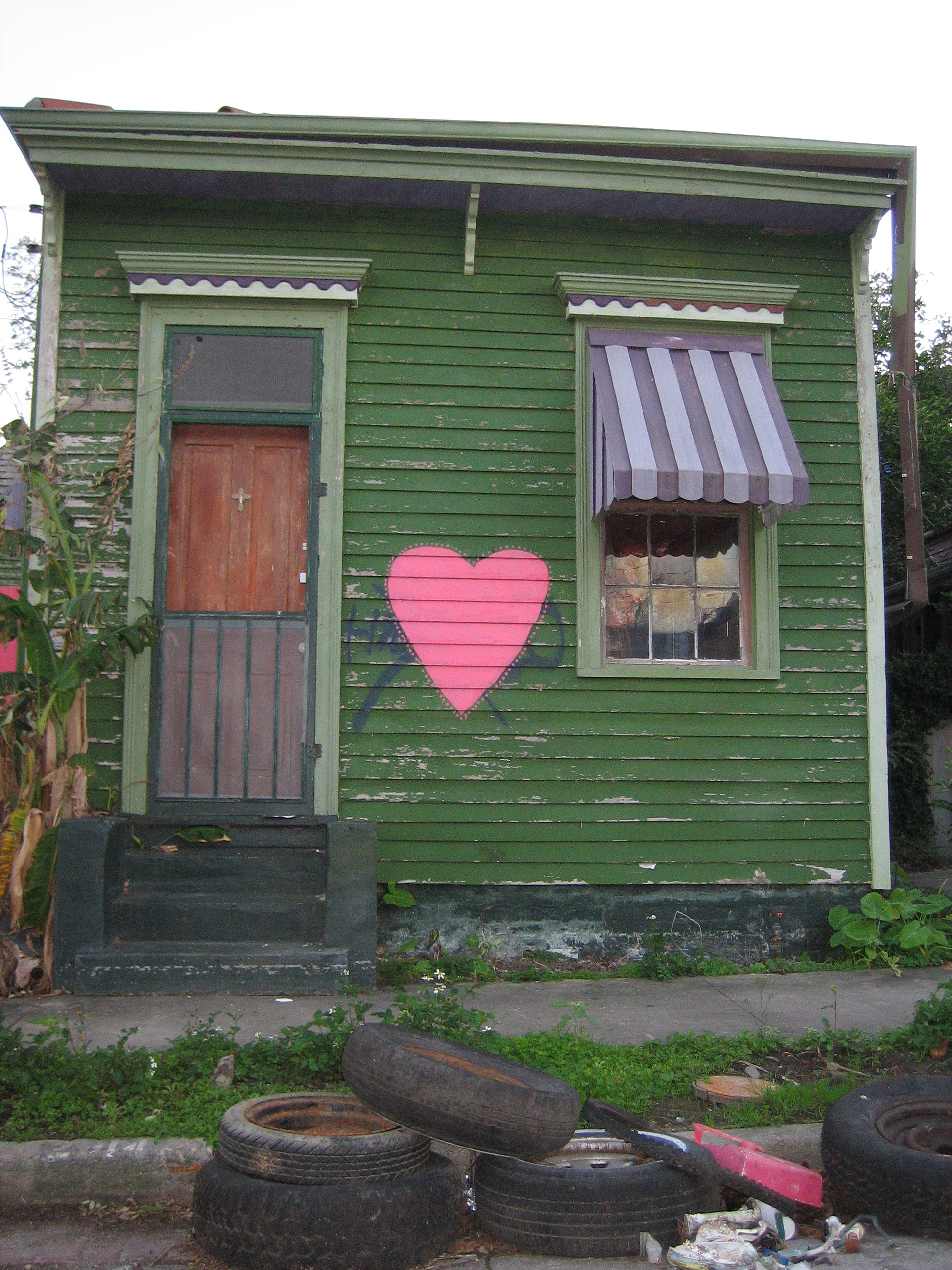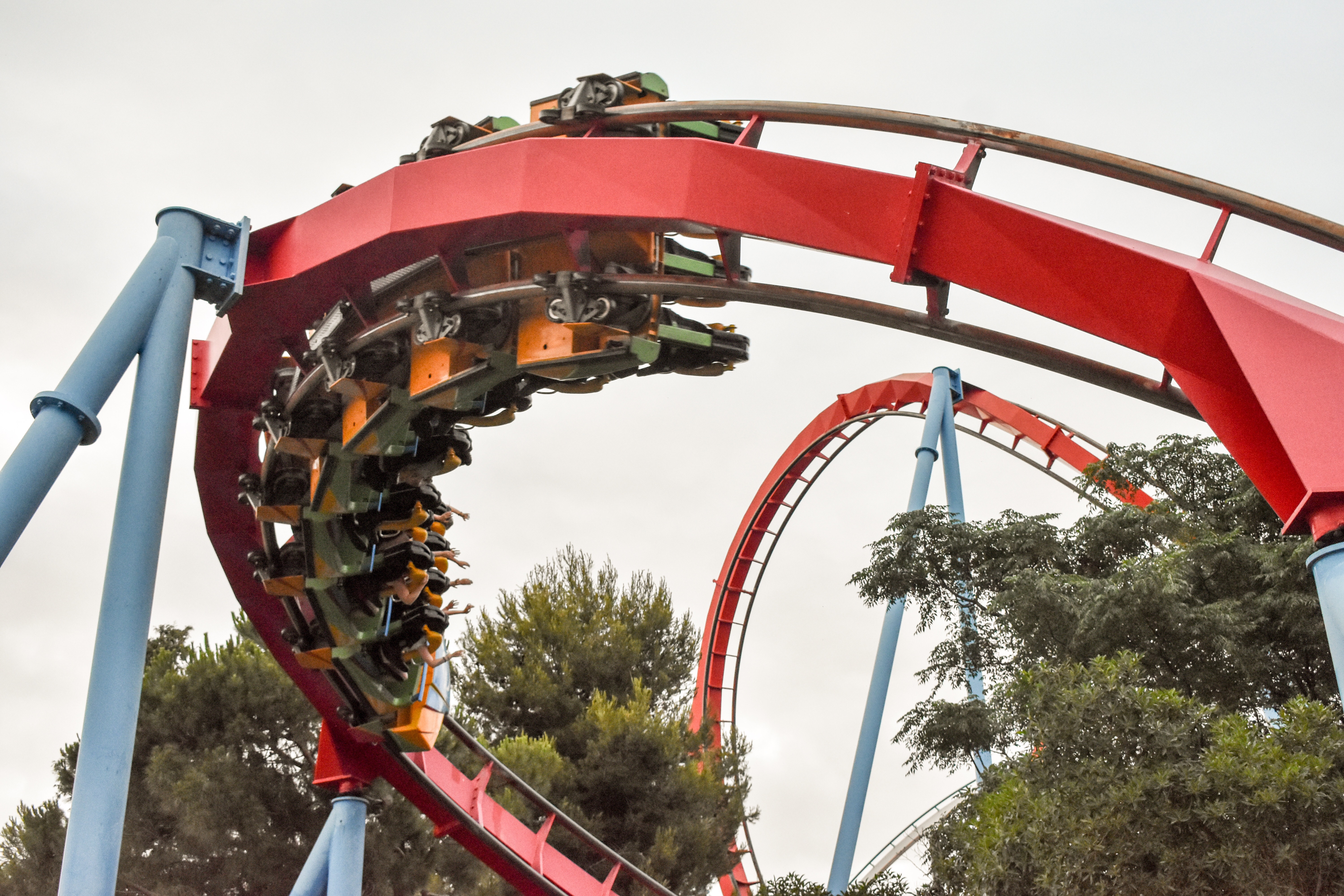|
Camelback
Camelback may refer to: * riding atop a camel * Camelback, a variation of shotgun house with a second floor in the rear of the house. * Camelback (roller coaster element), a hump-shaped hill element found on roller coasters * CamelBackCapitalization, a type of capitalization, generally known as CamelCase * Camelback East, a district of Phoenix adjacent to the mountain * Camelback High School * Camelback locomotive, a type of steam locomotive with the cab mounted in the middle, astride the boiler * Camelback Mountain in Phoenix, Arizona, and a road and numerous establishments in that area ** Camelback Road * Camelback Potential, a physics phenomenon * Camelback Research Alliance Inc., an American equities research firm now known as Gradient Analytics, Inc. * Camelback Mountain Resort in the Pocono Mountains in Pennsylvania ** Camelback Mountain (Pennsylvania) * CamelBak, a brand of water canteen worn as a backpack See also * Back (other) * Camel (other) ... [...More Info...] [...Related Items...] OR: [Wikipedia] [Google] [Baidu] |
Camelback Mountain Resort
Camelback Mountain Resort is a ski and snowboard resort located in the Tannersville, Pennsylvania in the Pocono Mountains. Opened in December 1963, Camelback is the largest ski resort in the Poconos. In the 1950s, when developers were working to expand the original solitary ski run, they negotiated with the then Pennsylvania Department of Environmental Resources for permission to use a small portion of the state park for the ski area in exchange for $1 a year and the obligation to maintain the entire park. Camelback Mountain reaches an elevation of . There are 166 acres (67 hectares) of skiing & snowboarding terrain. The resort has a total of 35 slopes; the longest is the Nile Mile, at .88 miles. It features a vertical drop of 800 ft (244 m), two terrain parks, 15 lifts, including 2 high speed detachable chairlifts; the Sullivan Express and Stevenson Express, both quads. The mountain summit receives an average of 50 in (127 cm) of snowfall each winter. ... [...More Info...] [...Related Items...] OR: [Wikipedia] [Google] [Baidu] |
Camelback Mountain
Camelback Mountain ( ood, Cew S-wegiom) is a mountain in Phoenix, Arizona, United States. The English name is derived from its shape, which resembles the hump and head of a kneeling camel. The mountain, a prominent landmark of the Phoenix metropolitan area, is located in the Camelback Mountain Echo Canyon Recreation Area between the Arcadia neighborhood of Phoenix and the town of Paradise Valley. It is a popular recreation destination for hiking and rock climbing. History A cave discovered on the north side of Camelback Mountain indicates that it was used as a sacred site by the prehistoric Hohokam culture before they abandoned the area in the 14th century. In January 1879, United States President Rutherford B. Hayes included Camelback Mountain as part of a one million acre (4,000 km2) reservation for the Salt River Pima and Maricopa American Indian tribes. Six months later, at the behest of Charles Poston, the Arizona Territorial Legislature reversed the decision in orde ... [...More Info...] [...Related Items...] OR: [Wikipedia] [Google] [Baidu] |
Camelback Locomotive
A camelback locomotive (also known as a Mother Hubbard or a center-cab locomotive) is a type of steam locomotive with the driving cab placed in the middle, astride the boiler. Camelbacks were fitted with wide fireboxes which would have severely restricted driver visibility from the normal cab location at the rear. Development The camel and the camelback design were developed separately by two different railroads in different eras. Though the name is often incorrectly used interchangeably, they had little in common other than the placement of the cab. Unlike the later Camelbacks, Camels had cabs that rode atop the boiler. Ross Winans wanted to put as much weight on the driving wheels as possible to increase traction. Camelbacks have a cab that straddles the boiler. While Camelbacks have the same idea of moving the cab forward, they had it for different reasons. Camelbacks were developed to allow for the use of larger fireboxes, such as the Wootten, which would obstruct the engin ... [...More Info...] [...Related Items...] OR: [Wikipedia] [Google] [Baidu] |
Camelback Road
Many arterial roads in the Phoenix metropolitan area have the same name in multiple cities or towns. Some roads change names or route numbers across town borders, resulting in occasional confusion. For example, the road known as Apache Boulevard in Tempe continues east as Main Street in neighboring Mesa and then as Apache Trail in Apache Junction. Although Broadway Road maintains the same name through Goodyear, Avondale, Phoenix, Tempe, Mesa, and Apache Junction, each town uses a different reference point for address numbers. Arizona Avenue Arizona Avenue is a north–south arterial road in the southeastern part of the Phoenix metropolitan area. The highway comprises the portion of Arizona State Route 87 (SR 87) within the city of Chandler. The entire length of Arizona Avenue is part of the National Highway System as a principal arterial. Arizona Avenue begins at Hunt Highway, which forms the south city limit of Chandler and also the Maricopa– Pinal county line. This int ... [...More Info...] [...Related Items...] OR: [Wikipedia] [Google] [Baidu] |
Camelback High School
Camelback High School is part of the Phoenix Union High School District. The campus is located at 4612 North 28th Street, northeast of downtown Phoenix, Arizona, United States. Camelback's enrollment is just over 2,000 students, over 75 percent of whom are Hispanic. The school predominantly serves students from partner elementary districts Balsz, Creighton, Madison and Wilson. History Camelback was designed by a group of noted local architects consisting of Lescher & Mahoney, Edward L. Varney, H. H. Green and John Sing Tang with Harold Ekman and Fred M. Guirey as consultant and supervising architects. The construction contract to build the school was awarded to Mardian Construction Co. The campus was renovated in 2007 with many of the outdated original buildings demolished and replaced with new buildings. Architectural Resource Team drew up the planes for the renovation. Partner elementary districts * Balsz * Creighton * Madison * Wilson Notable alumni * Patrick O. Ford ... [...More Info...] [...Related Items...] OR: [Wikipedia] [Google] [Baidu] |
Camelback East
The Camelback East Village, also sometimes referred to as East Phoenix or the East Side, is one of the 15 villages that make up Phoenix, Arizona, United States. It is adjacent to the suburbs Paradise Valley and Scottsdale and sits between Piestewa Peak and Camelback Mountain Camelback Mountain ( ood, Cew S-wegiom) is a mountain in Phoenix, Arizona, United States. The English name is derived from its shape, which resembles the hump and head of a kneeling camel. The mountain, a prominent landmark of the Phoenix metro .... There are two main cores of the village. The first is the 24th Street and Camelback Road core and the other is the 44th Street and Van Buren Street core. See also * Arcadia, Phoenix References Urban villages of Phoenix, Arizona {{PhoenixAZ-stub ... [...More Info...] [...Related Items...] OR: [Wikipedia] [Google] [Baidu] |
Camelback Mountain (Pennsylvania)
Camelback Mountain or Big Pocono is a conspicuous geographic feature on the Pocono Plateau. It is not a mountain, but rather a peninsular section of the Pocono Plateau, that when viewed from three sides, appears to be a mountain. The summit of Big Pocono "Mountain" is actually nearly level with land to the west and northwest, together comprising the top of the Glaciated Pocono Plateau, which is part of the larger Allegheny Plateau. The Pocono Plateau, a distinctive geologic feature not to be confused with the larger Pocono Mountains, is a glaciated plateau formed during at least three glacial movements. As glaciers moved south from Canada, they scraped flat what is now the plateau. The Glacier Movements also created other distinctive features of this region, including peat bogs and swamps, which resulted when glacial scour produced un-drained scars on the plateau's surface. Examples of depressions created by glacial scour include Deep Lake and Wolf Swamp just west of Big Pocono ... [...More Info...] [...Related Items...] OR: [Wikipedia] [Google] [Baidu] |
Shotgun House
A shotgun house is a narrow rectangular domestic residence, usually no more than about wide, with rooms arranged one behind the other and doors at each end of the house. It was the most popular style of house in the Southern United States from the end of the American Civil War (1861–65) through the 1920s. Alternative names include shotgun shack, shotgun hut, shotgun cottage, and in the case of a multihome dwelling, shotgun apartment; the design is similar to that of railroad apartments. A longstanding theory is that the style can be traced from Africa to Saint Dominican influences on house design in New Orleans, but the houses can be found as far away as Key West and Ybor City in Florida, and Texas, and as far north as Chicago, Illinois. Though initially as popular with the middle class as with the poor, the shotgun house became a symbol of poverty in the mid-20th century. Urban renewal has led to the destruction of many shotgun houses; however, in areas affected by gentrifi ... [...More Info...] [...Related Items...] OR: [Wikipedia] [Google] [Baidu] |
Camelback (roller Coaster Element)
Roller coaster elements are the individual parts of roller coaster design and operation, such as a track, hill, loop, or turn. Variations in normal track movement that add thrill or excitement to the ride are often called "thrill elements". Common elements Banked turn A banked turn is when the track twists from the horizontal plane into the vertical plane, tipping the train to the side in the direction of the turn. Banking is used to minimize the lateral G-forces on the riders to make the turn more comfortable. When a banked turn continues to create an upward or downward spiral of approximately 360 degrees or more, it becomes a helix. Brake run A brake run on a roller coaster is any section of track meant to slow or stop a roller coaster train. Brake runs may be located anywhere or hidden along the circuit of a coaster and may be designed to bring the train to a complete halt or to simply adjust the train's speed. The vast majority of roller coasters do not have any form of ... [...More Info...] [...Related Items...] OR: [Wikipedia] [Google] [Baidu] |
Camelback Research Alliance
Gradient Analytics, Inc., founded in 1996 by Donn Vickrey and Dr. Carr Bettis as Camelback Research Alliance, Inc. and based in Scottsdale, Arizona, was an independent equity research company. profile at BusinessWeek
''Bloomberg Businessweek'', previously known as ''BusinessWeek'', is an American weekly business magazine published fifty times a year. Since 2009, the magazine is owned by New York City-based Bloomberg L.P. The magazine debuted in New York City ...
References [...More Info...] [...Related Items...] OR: [Wikipedia] [Google] [Baidu] |
Camel
A camel (from: la, camelus and grc-gre, κάμηλος (''kamēlos'') from Hebrew or Phoenician: גָמָל ''gāmāl''.) is an even-toed ungulate in the genus ''Camelus'' that bears distinctive fatty deposits known as "humps" on its back. Camels have long been domesticated and, as livestock, they provide food (milk and meat) and textiles (fiber and felt from hair). Camels are working animals especially suited to their desert habitat and are a vital means of transport for passengers and cargo. There are three surviving species of camel. The one-humped dromedary makes up 94% of the world's camel population, and the two-humped Bactrian camel makes up 6%. The Wild Bactrian camel is a separate species and is now critically endangered. The word ''camel'' is also used informally in a wider sense, where the more correct term is "camelid", to include all seven species of the family Camelidae: the true camels (the above three species), along with the "New World" camelids: the llama, ... [...More Info...] [...Related Items...] OR: [Wikipedia] [Google] [Baidu] |



